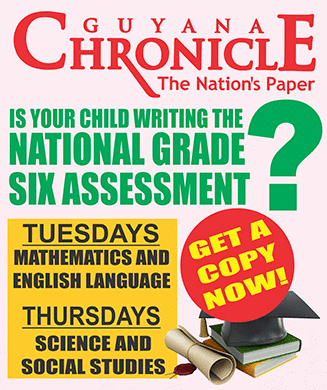THE government’s latest outreach in Region Six is more than a routine visit, it is a recalibrated model of governance that is once again matching the scale and complexity of Guyana’s transformation under President Dr Irfaan Ali.
What unfolded on Thursday, with the full Cabinet and technical teams setting up base in East Berbice–Corentyne, is the first step in a structured, region-by-region cycle of engagement that puts policymakers directly where they need to be: on the ground, inside communities, listening and responding in real time.
This is not an ad-hoc exercise. It is a deliberate, disciplined approach to governing a rapidly changing country. When the entire machinery of government shifts into a region, it forces coordination, accelerates problem-solving, and removes the traditional bottlenecks that come from distance and bureaucracy. Issues that would normally take weeks of back-and-forth can now be addressed within hours, because the people who make decisions are physically present and fully immersed in the regional realities.
Region Six is a tactical starting point. The Ancient County is being prepared as a new economic node, anchored by natural gas, expanding industries, and major infrastructure works. Bringing the government into the region ensures that development plans are aligned with what residents actually need, not what planners in Georgetown assume they need. That level of alignment is essential if the country’s growth is to benefit households in a meaningful and measurable way.
Importantly, this approach is not new. The administration first adopted this model in 2020 when it resumed office, and the results were immediate, faster interventions, clearer priorities, and a deeper understanding of community challenges. The return to this model in 2025 signals an understanding that Guyana’s development cannot be managed from a distance. It must be informed by lived experience from the ground up.
Every region already has its own action plan, shaped from years of community consultations, site visits, and resident feedback. The difference now is execution. These plans are being activated with urgency, targeting employment, water access, electricity reliability, small business growth, tourism development, and critical infrastructure. This month-long relocation of government into each region will ensure those plans are not just documents, but deliverables.
What matters most is consistency. If this outreach becomes the new standard, region after region, month after month, Guyana stands to benefit from a governance model that is proactive, present, and people driven. A government back on the ground is a government that understands its country, responds to its citizens, and leads with clarity.
Region Six is the beginning. The rest of Guyana is next.



.jpg)







